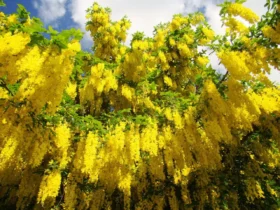In meadows, grasslands, and rocky slopes, a delicate yet vibrant flower emerges, adding a touch of elegance and color to the natural landscape. Meet the Wild Gladiolus (Gladiolus communis), a wildflower species that captivates with its slender form and stunning blooms. In this article, we will explore the enchanting world of the Wild Gladiolus, delving into its appearance, habitat, cultural significance, and the importance of preserving its natural habitats.
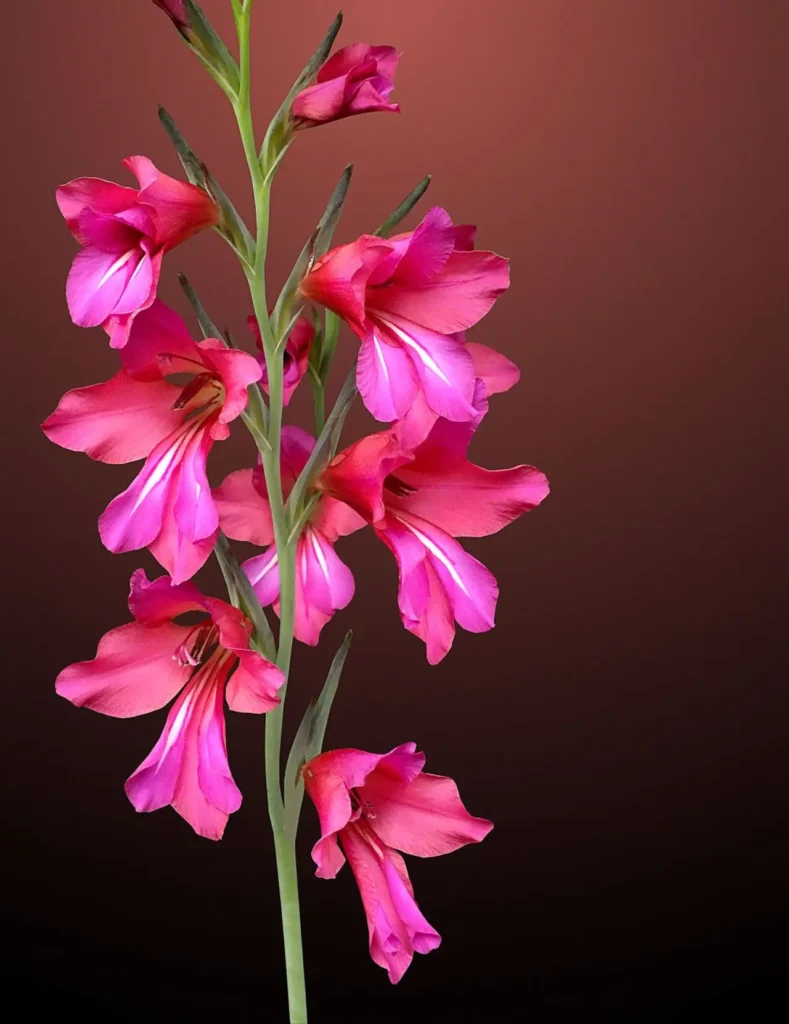
Appearance and Characteristics
The Wild Gladiolus is a perennial herbaceous plant that belongs to the iris family, Iridaceae. It features long, sword-shaped leaves that grow in a fan-like arrangement from the base of the plant. Atop the tall, slender stem, the Wild Gladiolus displays a spike-like inflorescence with multiple vibrant, funnel-shaped flowers. These flowers come in various colors, including shades of pink, purple, white, and yellow, often adorned with intricate patterns and markings. Each flower possesses six petals, with the lower three forming a distinct landing platform for pollinators.
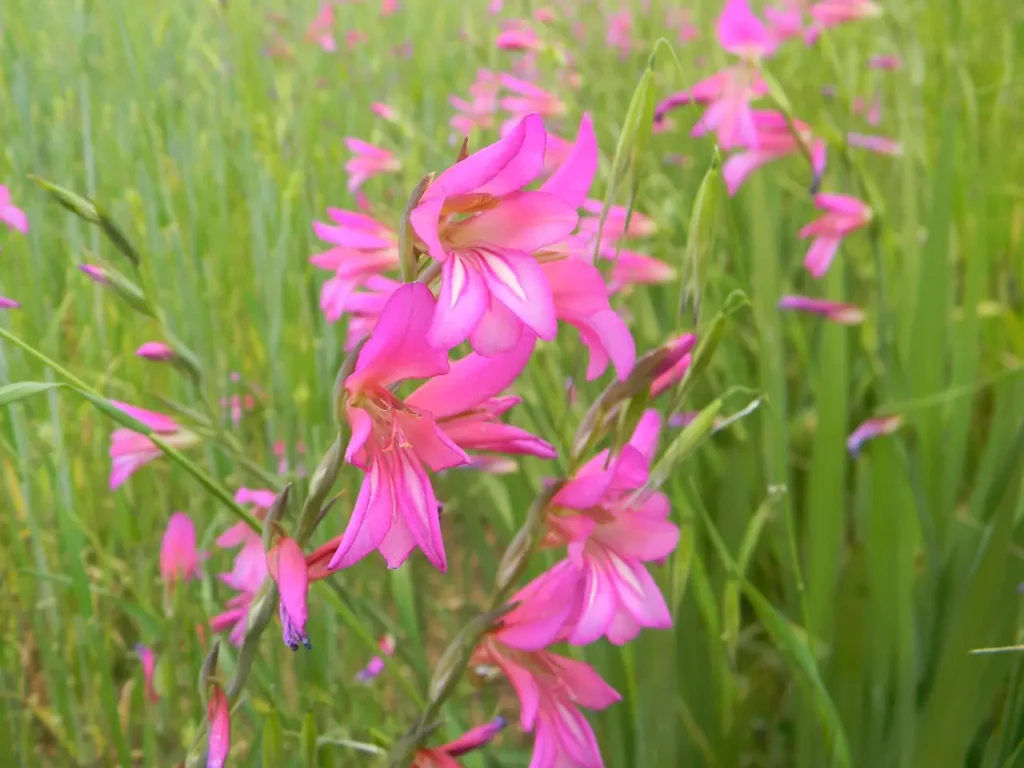
Habitat and Distribution
Native to Europe, the Wild Gladiolus can be found across a wide range of habitats, from open grasslands and meadows to woodland edges and rocky slopes. It thrives in well-drained soils and areas that receive ample sunlight. This hardy wildflower has adapted to various climates and can be found in regions with Mediterranean, temperate, and subtropical climates.
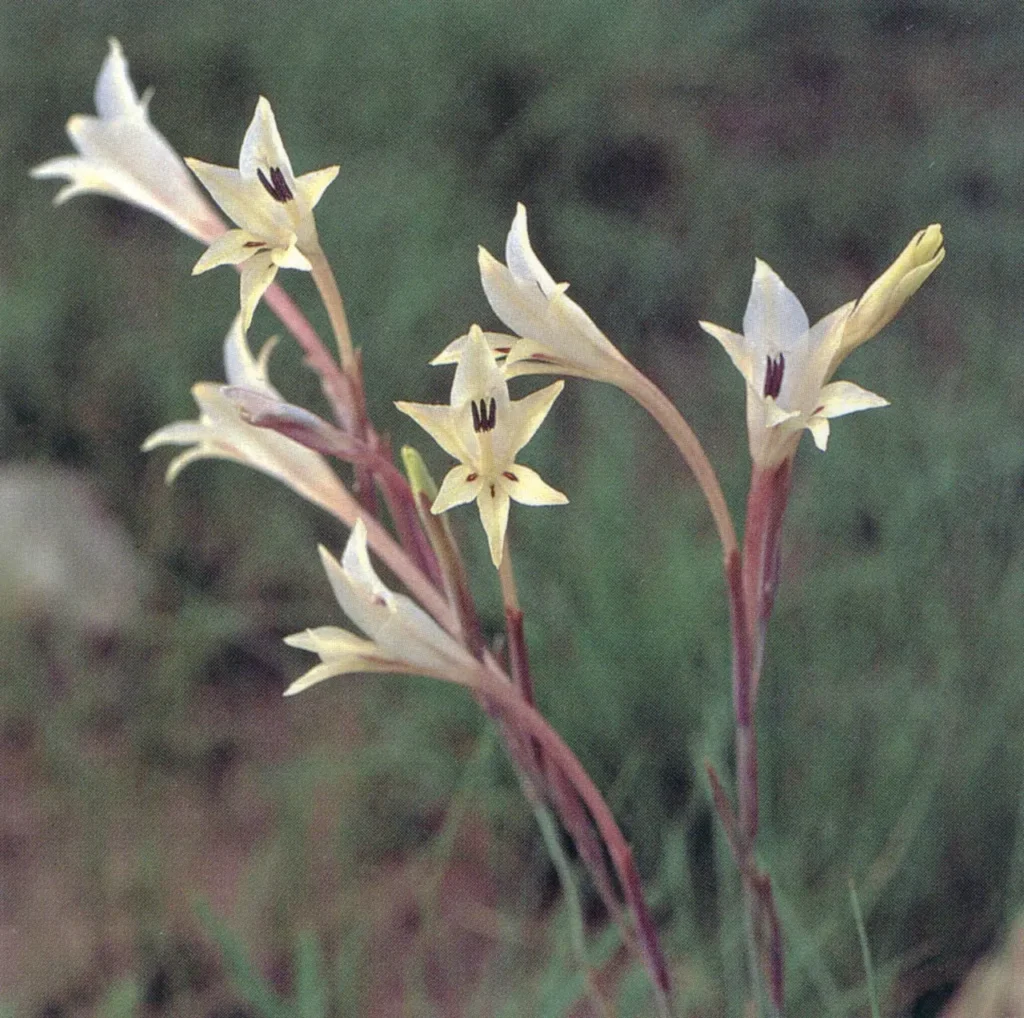
Blooming Season and Pollination
The Wild Gladiolus blooms during the summer months, typically from June to August, showcasing its vibrant flowers in a spectacular display. The timing of its bloom often coincides with the peak activity of pollinators, including bees, butterflies, and other insects. These pollinators are attracted to the colorful flowers and feed on the nectar, inadvertently transferring pollen from one flower to another, facilitating the plant’s reproduction.
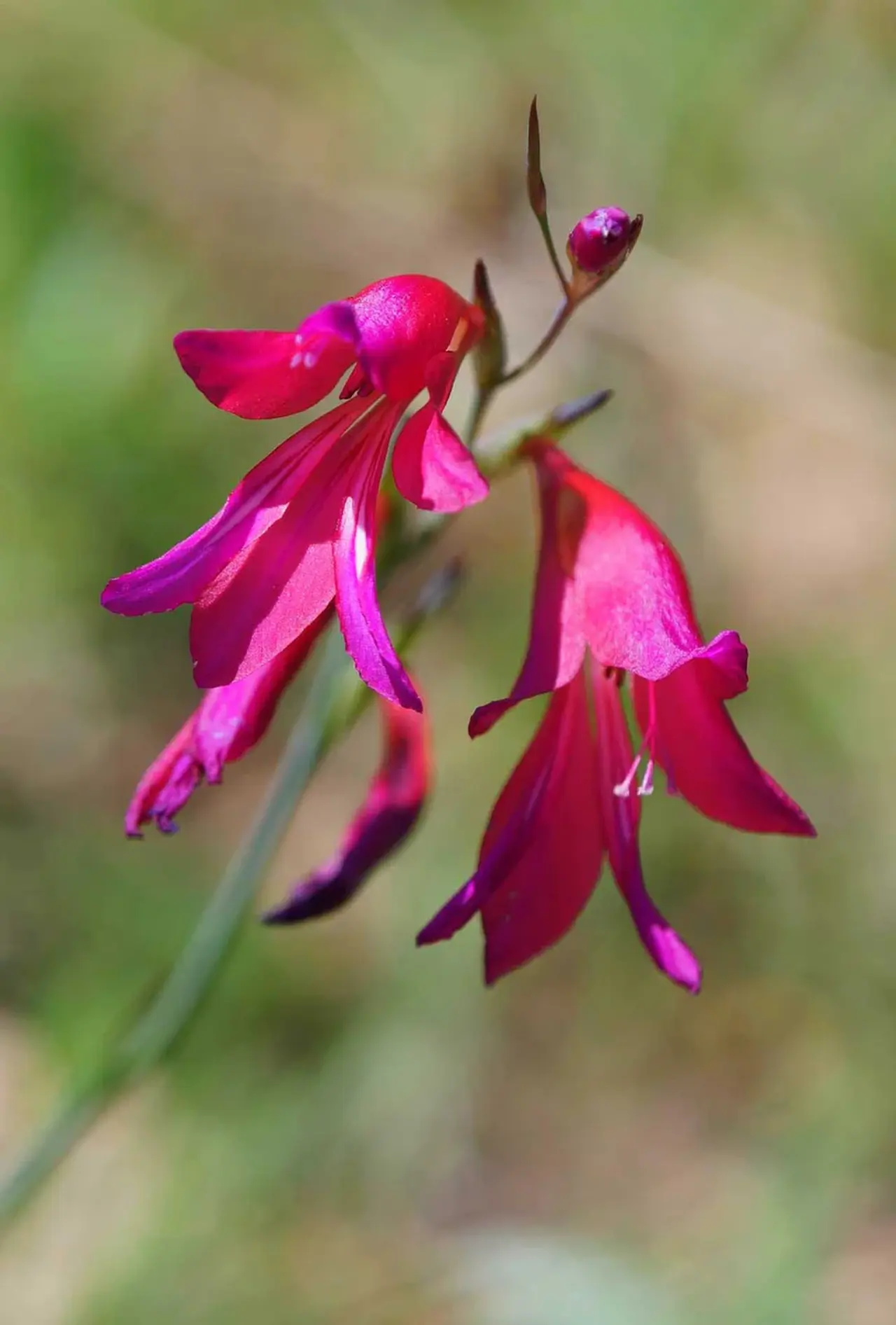
Cultural Significance and Symbolism
Throughout history, the Gladiolus flower has held cultural significance in various societies. The name “gladiolus” is derived from the Latin word for “sword,” alluding to the shape of its leaves. In ancient times, the flower was associated with gladiators and symbolized strength and victory. Today, the Gladiolus is often used in floral arrangements and is a popular choice for gardeners and flower enthusiasts due to its graceful appearance and vibrant colors.
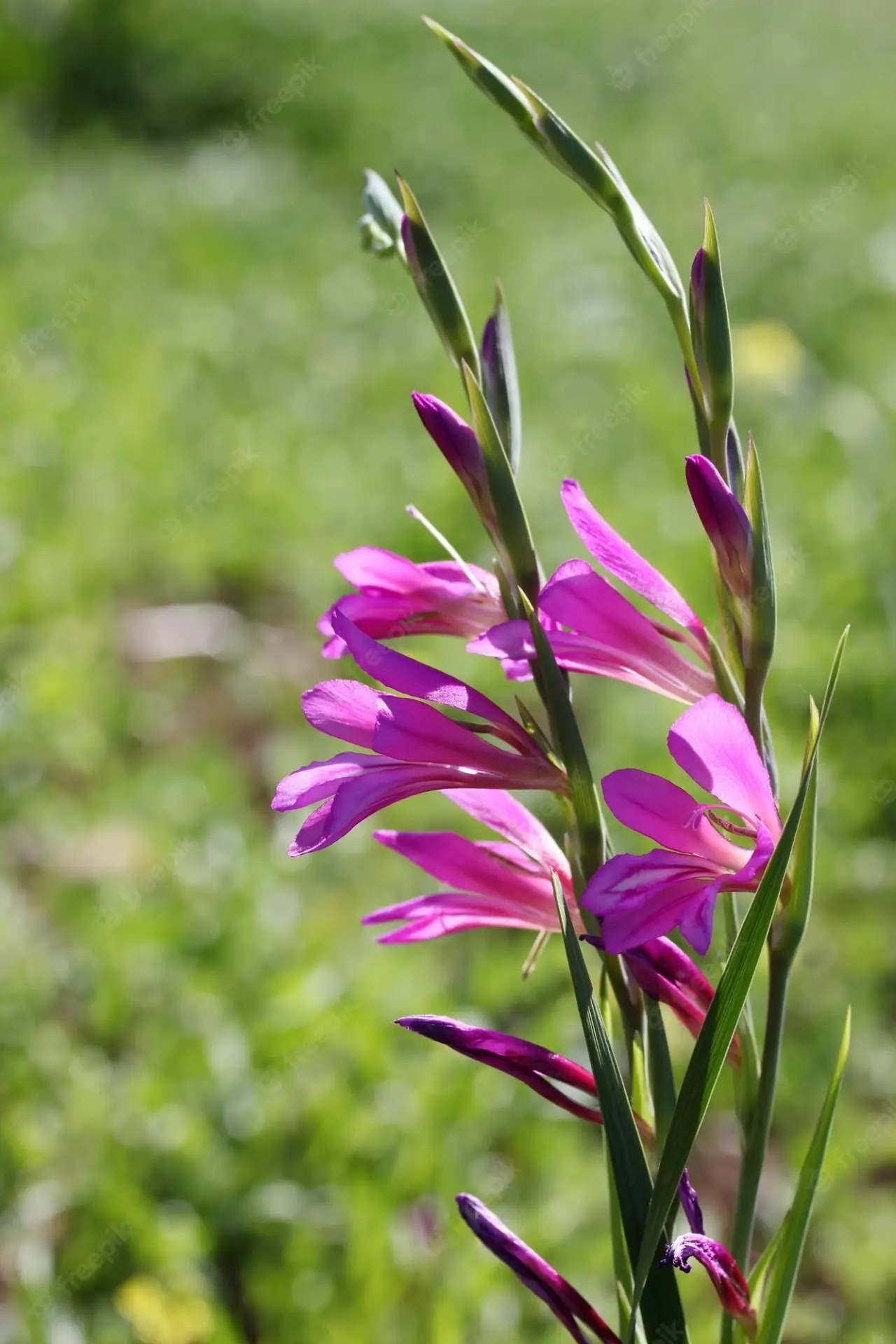
Conservation and Preservation
While the Wild Gladiolus is not considered endangered, it faces challenges due to habitat loss, agricultural practices, and urbanization. Encroachment on its natural habitats and the disruption of pollinator populations are significant concerns. Conservation efforts focused on preserving meadows, grasslands, and other natural areas where the Wild Gladiolus thrives are crucial for its long-term survival.
Gardening and Cultivation
The Wild Gladiolus has also found a place in gardens and horticulture. Its graceful form and striking flowers make it a sought-after addition to flower beds, borders, and naturalized areas. When cultivating Wild Gladiolus, it is important to provide well-drained soil, adequate sunlight, and space for the plants to grow and spread.
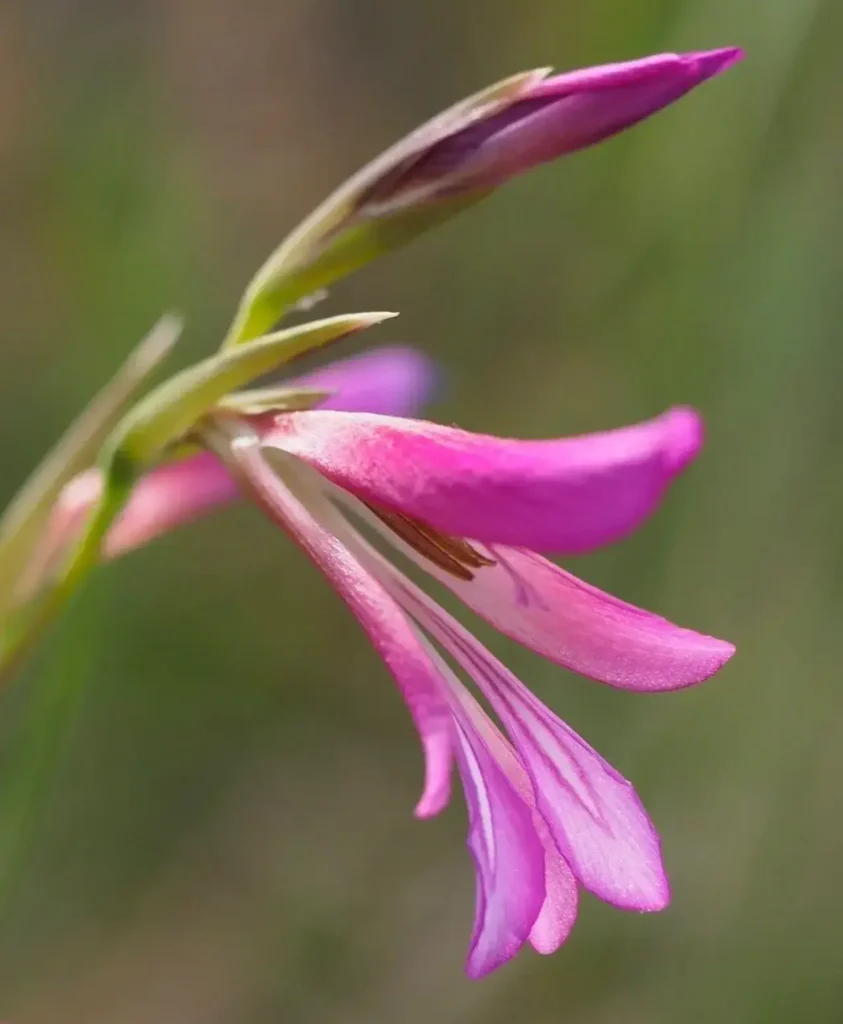
The Wild Gladiolus, with its slender form and vibrant blooms, stands as a symbol of grace and natural beauty. Its presence in meadows, grasslands, and rocky slopes adds a touch of elegance to the natural landscape while providing a vital food source for pollinators. By appreciating the Wild Gladiolus and working towards preserving its habitats, we can ensure that this delicate yet resilient wildflower continues to enchant us with its colors and contribute to the ecological tapestry of our natural world.
